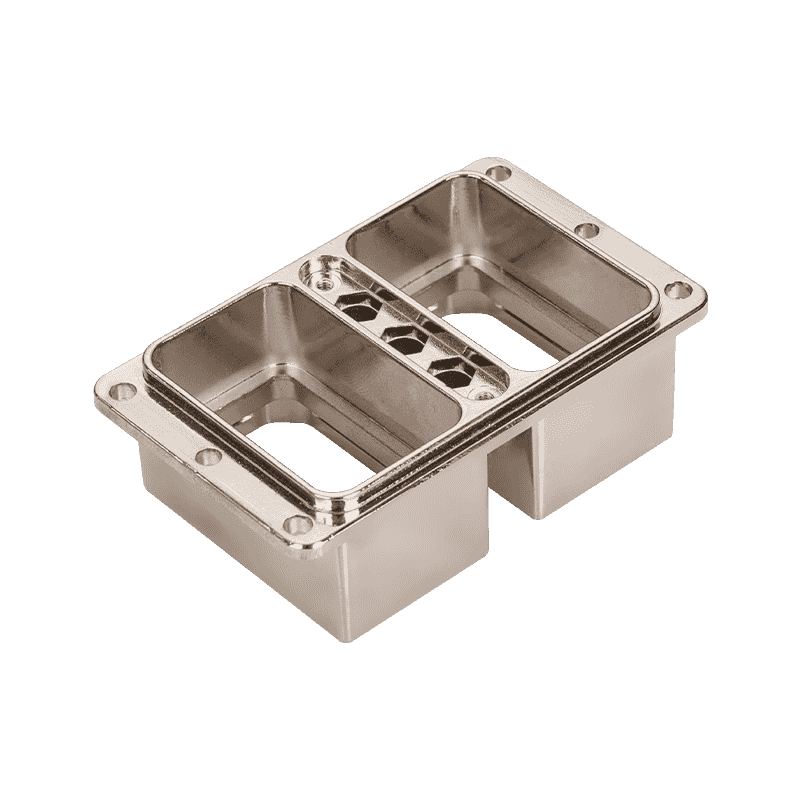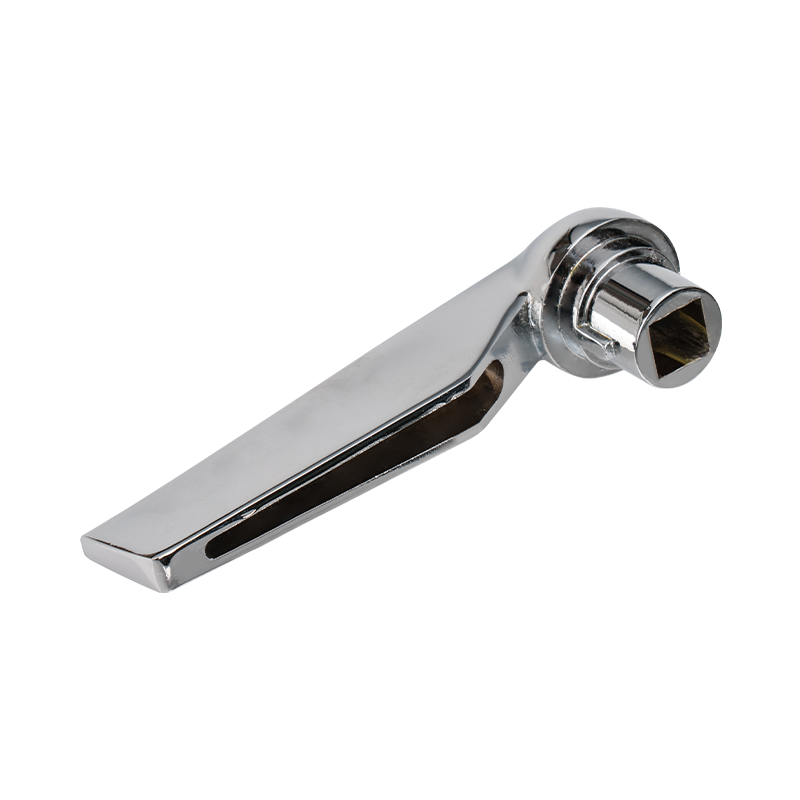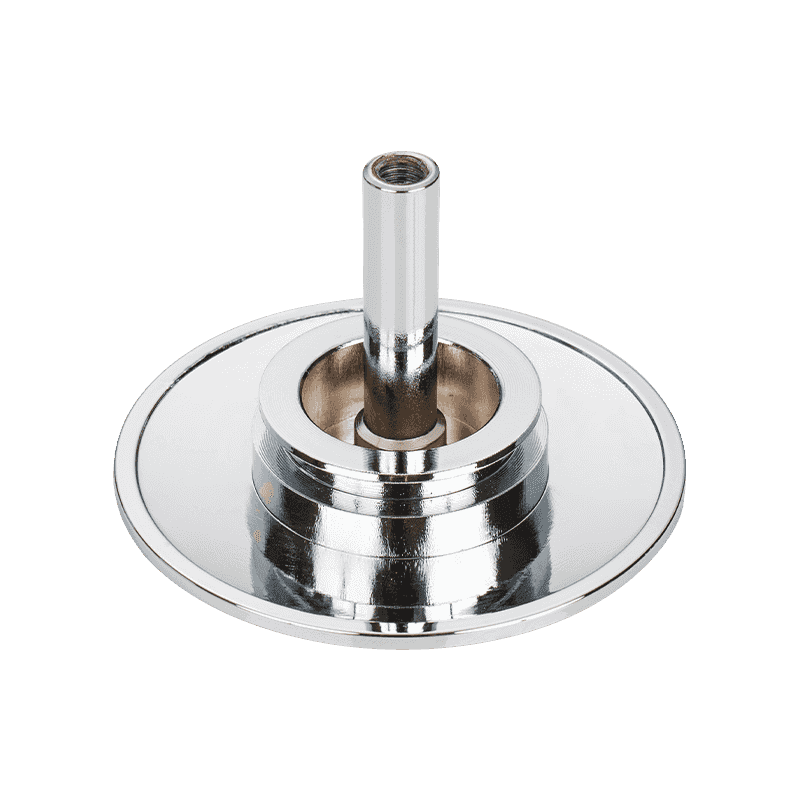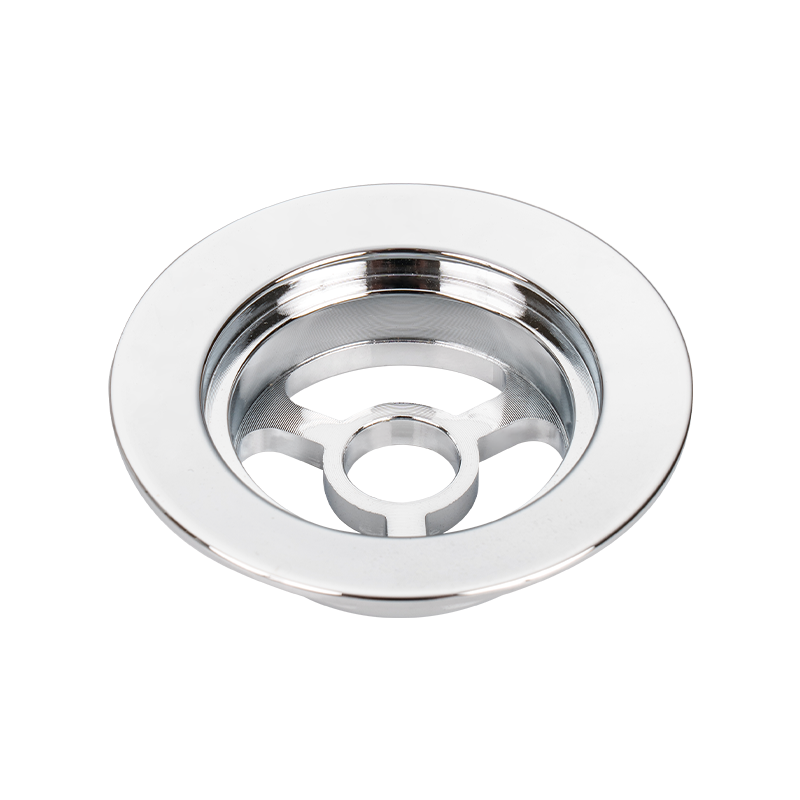What are the precautions for maintenance of zinc die-casting equipment?
01-07-2025Importance of maintenance of zinc die-casting equipment
Zinc die-casting equipment is subjected to high temperature and high pressure working environment during the production process. The good operation of the equipment directly affects the product quality and production efficiency. Regular maintenance and maintenance can extend the service life of the equipment, reduce the failure rate, and avoid losses caused by production interruptions. At the same time, reasonable maintenance measures help to ensure the dimensional accuracy and surface quality of zinc die-casting parts and reduce the scrap rate.
Daily cleaning work
Keeping the equipment clean is the basis of maintenance. During the zinc die-casting process, casting slag, oil stains and metal dust will be generated. If these impurities accumulate for a long time, they will affect the movement flexibility and heat dissipation effect of equipment parts. Operators should regularly clean the surface of the die-casting machine, the hydraulic system and the mold installation area to prevent impurities from entering the mechanical moving parts and hydraulic pipelines to prevent wear and blockage.
Inspection and maintenance of the hydraulic system
The hydraulic system is the core part of the zinc die-casting equipment and needs to be paid special attention to. The oil quality and oil quantity of the hydraulic oil should be checked regularly, and the aging or contaminated hydraulic oil should be replaced in time to keep the cleanliness and viscosity of the hydraulic oil within the appropriate range. Check whether there is leakage in the hydraulic pipeline and joints to prevent oil leakage from causing equipment damage or safety hazards. In addition, the filter element and filter screen should be replaced periodically to ensure the normal operation of the hydraulic system.
Mold maintenance and maintenance
The mold is the key to the quality of zinc die-casting, and it is equally important to maintain the mold. After die-casting, the residual slag and impurities on the mold surface should be cleaned in time to prevent corrosion and bonding. Regularly check whether the cavity and gate parts of the mold are worn, cracked or deformed, and repair or replace the damaged mold in time. The lubrication system should be kept in good condition to ensure that the active parts of the mold are fully lubricated to avoid mold jamming or damage due to wear.
Maintenance of mechanical moving parts
There are many mechanical moving parts in zinc die-casting equipment, such as sliders, guide rails, bearings, etc., which will cause wear after long-term operation. The wear of these parts should be checked regularly, and lubricating oil or grease should be kept sufficient to reduce friction and wear. Parts with abnormal noise or unsmooth movement should be repaired or replaced in time to prevent the failure from expanding and affecting production.
Inspection of electrical system
The electrical control system is the guarantee of intelligent operation of the equipment. During maintenance, it is necessary to regularly check whether the electrical circuit connection is firm and whether the components are aging or overheating. The inside of the control cabinet should be kept clean and dust-free to prevent short circuits and contact corrosion. Detect the sensitivity and accuracy of sensors, switches and actuators to ensure that the equipment operation instructions respond normally.
Temperature control system maintenance
The temperature control system of zinc die-casting equipment is crucial to ensure the fluidity of metal liquid and mold temperature control. The accuracy of the temperature control instrument and the status of the sensor should be checked regularly, the cooling water channel should be checked for unobstructed conditions, and the scale and impurities in the cooling pipeline should be cleaned. Abnormal temperature control system may cause uneven cooling of castings and affect product quality.
Regular calibration and debugging
Equipment maintenance is not limited to maintenance and cleaning, but also includes regular calibration and debugging. Detect key indicators such as the pressure system, hydraulic parameters, and temperature control of the equipment to ensure that the operating parameters meet the process requirements. If abnormalities are found during the debugging process, they should be adjusted or repaired in time to keep the equipment performance stable.
Record maintenance logs
It is very important to establish a complete equipment maintenance record. Detailed records of each maintenance content, problems found, and measures taken will help track equipment status and analyze the cause of the failure. The maintenance log can reasonably arrange the maintenance cycle and improve the systematic and scientific nature of the maintenance work.
Operator training
Equipment maintenance is inseparable from the correct operation and maintenance awareness of the operators. Operators should be regularly trained on equipment structure, maintenance process and safe operation to improve their equipment use level and problem detection ability. Good operating habits are an important guarantee for extending equipment life and ensuring production safety.
Spare parts management
Reasonable spare parts reserves and management can shorten equipment downtime. Key parts should be purchased in advance and properly stored to ensure that they can be replaced in time when the equipment needs maintenance. Spare parts management should establish a scientific inventory system to avoid backlogs or shortages.
Are You Interested In Our Products
Leave your name and email address to get our prices and details immediately.

 English
English 中文简体
中文简体 Deutsch
Deutsch русский
русский















